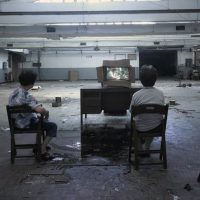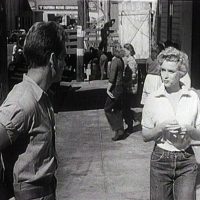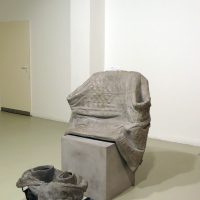beton / concrete, 2009
Twenty years after the democratic transitions in Eastern Europe, global capitalism is not a promise or threat any more, but an everyday reality. As a result of the crisis we can hear about plants closing, layoffs and downsizing every day: the otherwise much slower process, in the scope of which companies keep relocating to countries offering cheaper workforce and raw materials, has drastically, ever more obviously revealing the motives.
The loss of a job not only entails the loss of relative financial safety, but also that of the personal security provided by social- and self-respect. This is when, in a merciless but understandable manner, the worker becomes visible for a moment, part of wider political and social discourses.
Inasmuch as not-purely-illustrative art shows sensitivity towards the social construct it is part of, from time to time it has to face the challenge of rendering the worker – and let us not forget: this also comprises resolving its own identity crisis. Consequently, it seriously ponders the problem of representing the human, who has no control over her/his work, as a worker nevertheless; that is, not solely as part of the process or solely as an individual extracted from the context of work. There is a good chance that this task will make the definition of the artist’s own role unavoidable.




